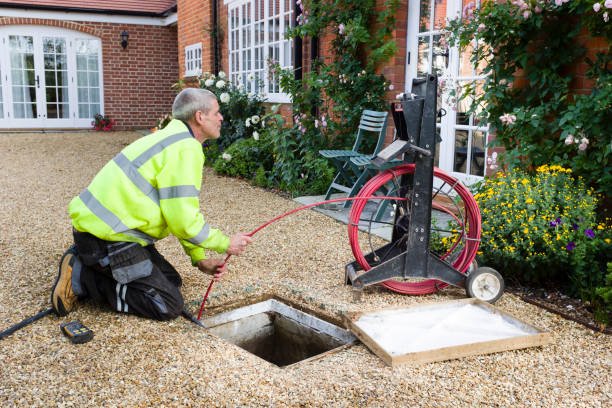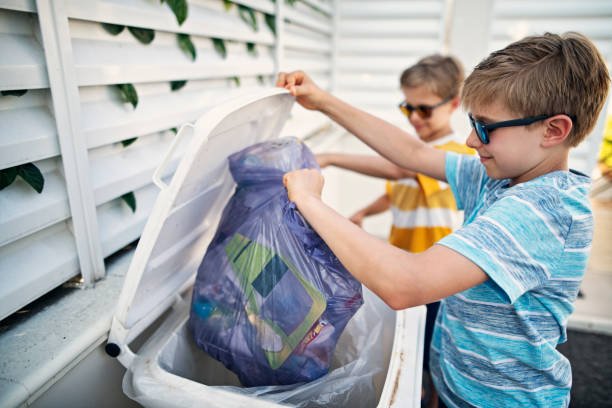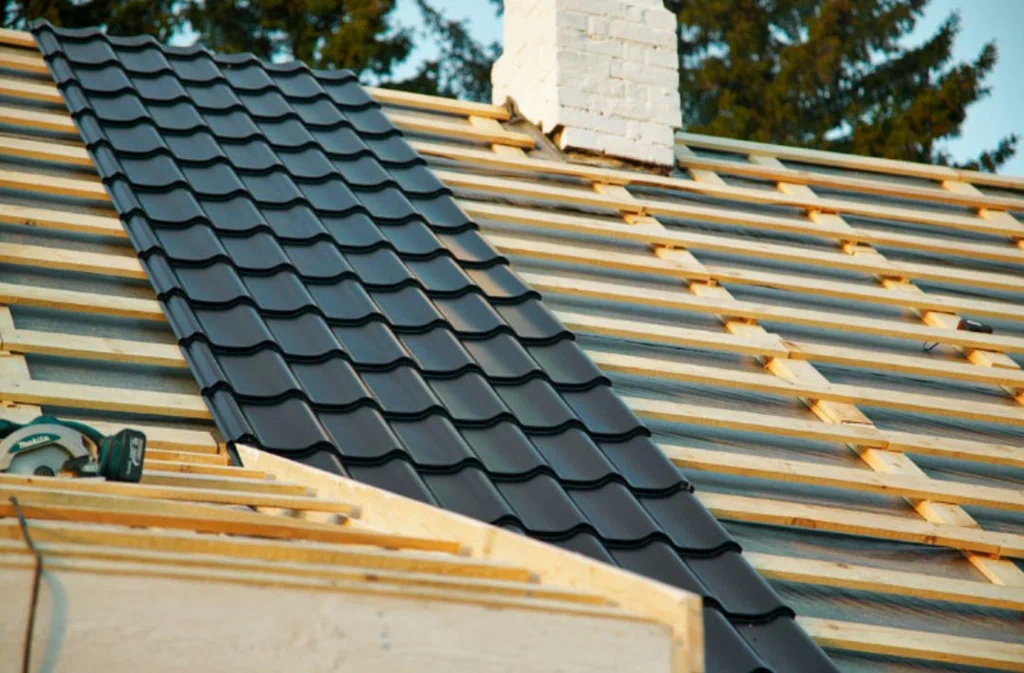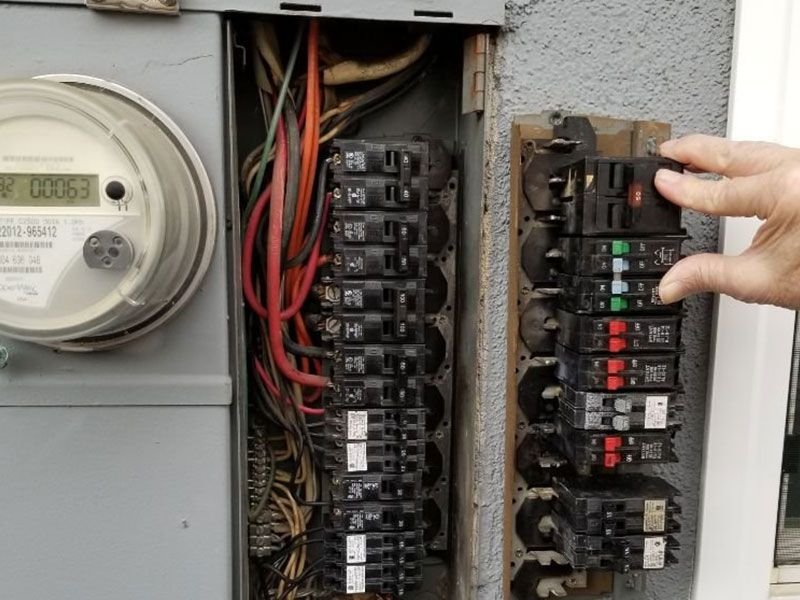When it comes to maintaining the integrity of your plumbing system, one crucial aspect often overlooked is the condition of your drain pipes. Over time, pipes can become damaged due to corrosion, tree root intrusion, or buildup of grease and debris. Traditional methods of repairing or replacing these pipes can be costly and invasive. However, a modern solution has emerged in the form of drain pipe lining. This innovative technique offers a variety of benefits, making it a popular choice among homeowners and businesses alike. In this blog, we’ll explore what drain pipe lining is, its advantages, the process involved, and why you might consider it for your plumbing needs.
What is Drain Pipe Lining?
Drain pipe lining, also known as trenchless pipe rehabilitation, is a method used to restore the interior of existing pipes without the need for extensive excavation. Instead of digging up your yard or driveway to replace damaged pipes, drain pipe lining allows for the application of a resin-coated liner that is inserted into the existing pipe. Once in place, the liner is cured, creating a new, durable pipe within the old one. This process can significantly extend the lifespan of your plumbing system while minimizing disruption to your property.
The Advantages of Drain Pipe Lining
1. Cost-Effectiveness
One of the primary benefits of drain pipe lining is its cost-effectiveness. Traditional pipe replacement can involve considerable labor and material costs, not to mention the potential for landscaping and pavement repairs after excavation. Drain pipe lining typically requires less labor and can often be completed in a fraction of the time, resulting in lower overall costs. By opting for lining, you can save money while still ensuring your plumbing system remains functional.
2. Minimal Disruption
Another significant advantage of drain pipe lining is the minimal disruption it causes to your property. Traditional methods require extensive digging, which can damage landscaping, driveways, and walkways. With trenchless technology, the process is significantly less invasive. The installation usually only requires access points, which can be done through existing openings or small access holes. This means you can avoid the headaches of restoring your yard or driveway after a lengthy excavation.
3. Long-Lasting Results
The materials used in drain pipe lining are designed to withstand the test of time. The resin-lined pipes created through this process are resistant to corrosion, leaks, and root intrusion. Most drain liners can last up to 50 years or more with proper maintenance. By investing in drain pipe lining, you can enjoy peace of mind knowing that your plumbing system is equipped to handle future challenges.
4. Improved Flow and Efficiency
Over time, pipes can become clogged with debris, grease, and mineral buildup, leading to reduced flow and efficiency. Drain pipe lining restores the inner diameter of the pipe, allowing for improved flow rates. The smooth surface created by the lining minimizes friction, helping to maintain efficient water flow throughout your plumbing system. This means fewer clogs and reduced chances of backup, ultimately saving you time and frustration.
5. Environmental Benefits
Choosing drain pipe lining is not only beneficial for your plumbing but also for the environment. Traditional pipe replacement methods can contribute to waste and environmental degradation due to the disposal of old materials and potential damage to surrounding areas. By utilizing trenchless technology, you minimize the environmental impact and reduce the amount of waste generated during the repair process.
The Process of Drain Pipe Lining
Now that we’ve covered the advantages, let’s take a closer look at how the drain pipe lining process works.
- Inspection: The first step involves a thorough inspection of your existing pipes using video camera technology. This allows plumbing professionals to assess the extent of the damage and determine the best course of action.
- Cleaning: Once the inspection is complete, the pipes are cleaned to remove any debris, grease, or buildup. This is often done using high-pressure water jets to ensure a clean surface for the liner to adhere to.
- Liner Installation: After cleaning, a resin-coated liner is inserted into the damaged pipe. This liner is typically made of felt or fiberglass and is saturated with a special epoxy resin.
- Curing: Once the liner is in place, it is inflated to fit snugly against the inner walls of the existing pipe. The resin is then cured using heat or ultraviolet light, hardening it into a durable new pipe.
- Final Inspection: After curing, another video inspection is conducted to ensure the liner has been properly installed and that the pipes are ready for use.
When to Consider Drain Pipe Lining
If you notice any signs of plumbing issues, such as slow drains, frequent clogs, or unpleasant odors, it may be time to consider drain pipe lining. Additionally, if your property has older plumbing systems that have not been updated in years, investing in this technology can help prevent future problems and save you money in the long run.
Conclusion
Drain pipe lining is an innovative solution for maintaining the health of your plumbing system. Its cost-effectiveness, minimal disruption, long-lasting results, improved efficiency, and environmental benefits make it an attractive option for homeowners and businesses alike. By opting for this modern technique, you can revitalize your plumbing without the hassle of traditional repair methods. If you’re facing plumbing issues, consider consulting with a professional plumber about the potential benefits of drain pipe lining for your property. With this method, you can ensure a reliable, efficient, and sustainable plumbing system for years to come.



